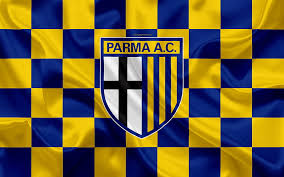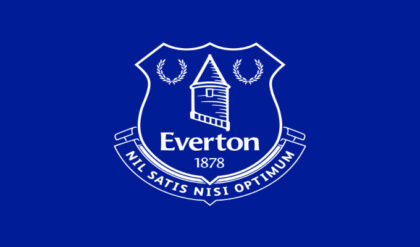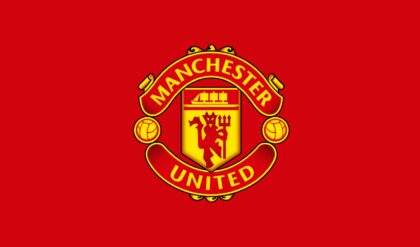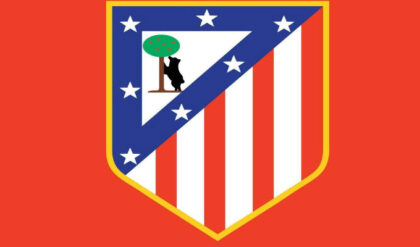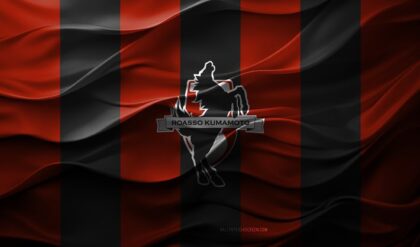Moreover, Pirlo’s success has opened doors for coaches and youth academies to prioritize the development of playmakers who can control games from deep positions. The emphasis on nurturing creative talent has become more pronounced, ensuring that Pirlo’s legacy continues to inspire the next generation of footballers sh bet.
Andrea Pirlo Departure and AC Milan Transition
Despite the incredible success that Andrea Pirlo enjoyed at AC Milan, his departure in 2011 marked the end of an era for both the player and the club shbet link.
Why Pirlo Left Milan for Juventus in 2011
The decision for Andrea Pirlo to join Juventus came as a shock to many fans and pundits alike. After a decade of remarkable achievements at Milan, the prospect of him donning the black and white stripes of their rivals was difficult for supporters to comprehend.
However, Pirlo’s departure was largely driven by a combination of factors, including managerial decisions and the club’s evolving dynamic. Following a coaching change, Pirlo found himself facing increased competition for a starting position in midfield. With the rise of young talents and changing tactical priorities, the opportunity for regular first-team football began to diminish.
Consequently, Pirlo sought a new chapter in his career, and Juventus presented an attractive option. In hindsight, his move proved beneficial for both parties. Pirlo’s influence at Juventus was instant, guiding the club to a series of Serie A titles while continuing to showcase his immense talent on the pitch.
The Impact of His Absence on AC Milan’s Midfield
Andrea Pirlo‘s departure left a significant void in AC Milan’s midfield. His ability to control the tempo of the game and provide creativity was sorely missed as the club struggled to adapt to life without him.
The immediate aftermath of his exit saw Milan attempt to fill the gap through various acquisitions; however, none could replicate the unique blend of vision and leadership that Pirlo offered. The club’s midfield dynamics shifted drastically, resulting in inconsistency in performances and difficulty in asserting control over matches.
As a result, AC Milan experienced a period of transition characterized by turmoil on and off the pitch. The subsequent decline in performance culminated in a struggle to reclaim the glory days that Pirlo once helped build.
How the Club Struggled to Replace Him
In the wake of Pirlo’s departure, AC Milan faced immense challenges in finding a suitable replacement. While the club invested in various midfielders, none possessed the same ability to dictate play and unlock defenses that Pirlo had so effortlessly demonstrated.
Players such as Riccardo Montolivo and Nigel de Jong were brought in during this transitional phase, but despite their qualities, they lacked the distinctiveness and impact that Pirlo had on the team. The lack of a true playmaker became increasingly evident as Milan grappled with inconsistencies in performances and results.
